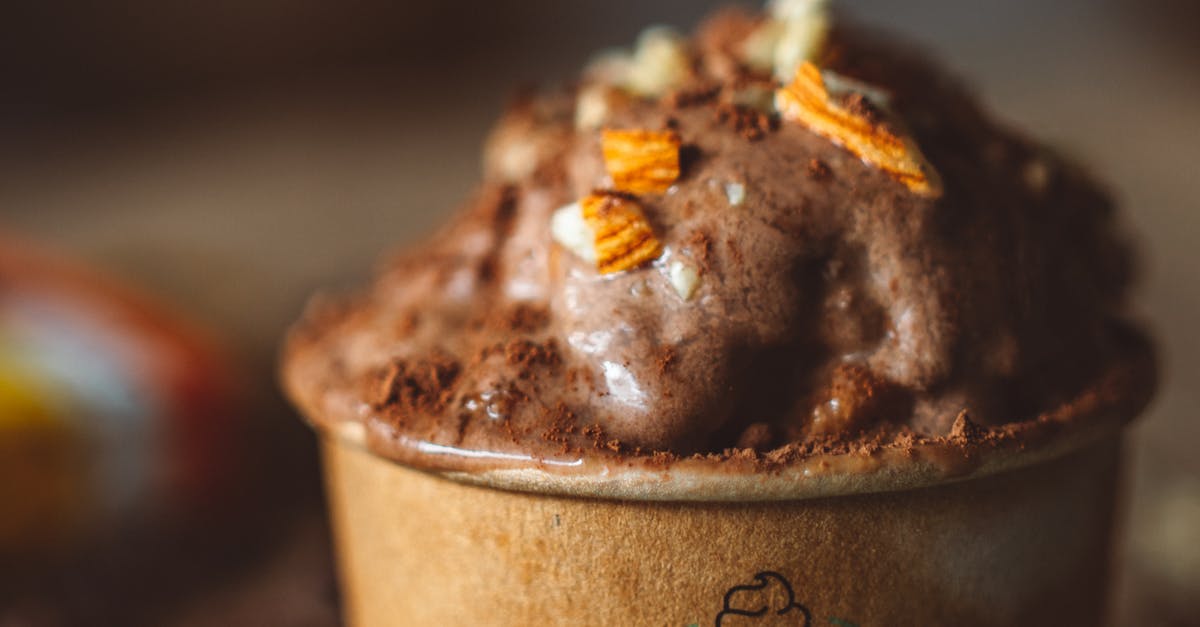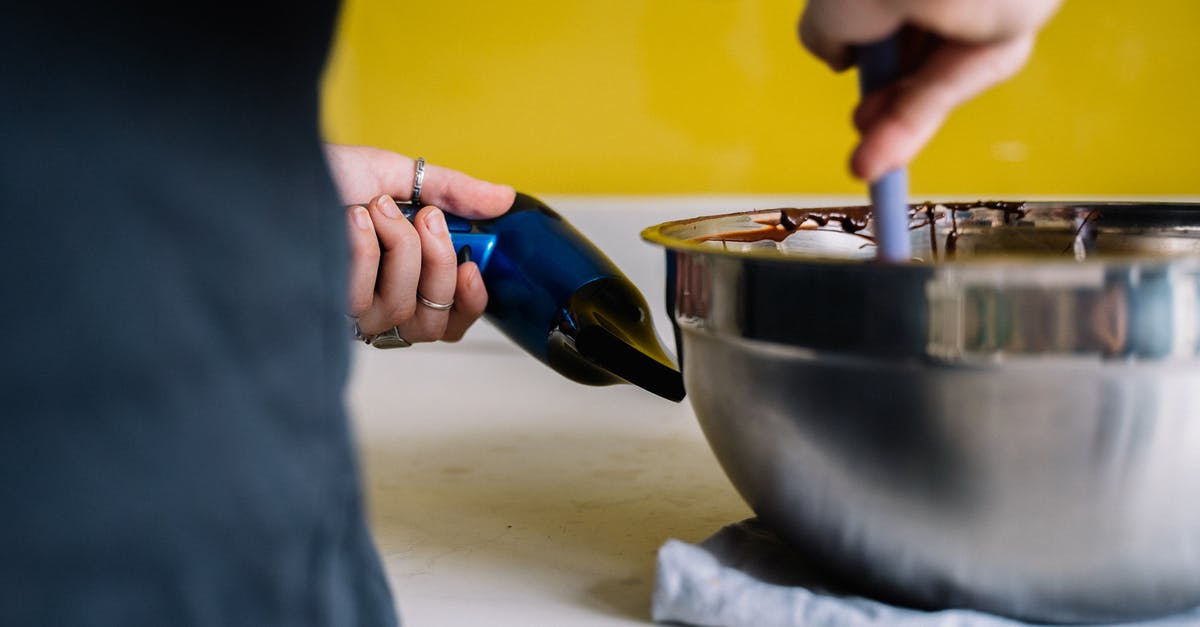How to lower the melting point of a specific chocolate?

I want to use a specific brand of chocolate to make chocolatines/pain au chocolat. This chocolate is a stone ground dark chocolate that has been tempered. I attempted to use them to make chocolatines once but after baking I realized that the chocolate hadn't melted.
So I want to know what I can do to lower the melting point of the chocolate, just enough so it melts in the oven but not too much that it's liquid at room temperature. I read that you can ruin a chocolates temper by melting it again and waiting for it to solidify but I couldn't find much more information on "untempering" chocolate or reducing the melting point. I was also thinking I could try to melt the chocolate, mix in a small amount of butter, then wait for it to solidify again. Not sure this would work though or if it would ruin the chocolates flavor.
I don't want to use a different type of chocolate so I'm hoping people can provide suggestions.
EDIT 1: The recipe I used the first time I tried this called for the oven to be heated at 400°F. Since they're basically croissants they only need to go in for 15 minutes, that could be the issue. The chocolate wasn't cold before use it was just room temperature. I'm now using a different recipe but it calls for the same amount of time and temperature.
EDIT 2: I'm still wondering if there's any way to lower the melting point of the chocolate a little. I don't want to sacrifice the taste of the chocolate too much but I still want it to be a little softer at room temperature and melt more readily during the quick bake.
Best Answer
I don't think you can lower the melting point without melting the chocolate first.
Butter is very soft at room temperature and adds it's own typical butter flavor. A better alternative is hard coconut fat.
I always use this trick when I cover a cake with a simple chocolate glaze. If you simply melt the chocolate and slather it on top of the cake, it becomes so hard that it's hard to cut cleanly and (depending on the thickness) hard to bite. Of course that has to do with the ruined tempering.
Adding coconut fat to the molten chocolate makes it softer without turning it into a ganache or mouse. For a cake glaze I usually add half the weight of chocolate in coconut fat. The result is very shiny, still has a bite and unchanged chocolate flavor, but melts within seconds in your hand and wouldn't be able to hold its shape without the support of the cake. You'll probably want to add significantly less fat.
To the question of tempering: If you manage to melt the chocolate while baking, the end result won't be tempered anyways. Indeed, untempering can lower the melting point of chocolate without adding any oil or fat. Here's a very detailed blog post about tempering chocolate that explains the different crystal types cocoa butter can form and what their properties are. Tempered chocolate has only one type of crystal that is very stable. If you don't temper chocolate at all you'll end up with a mix of different crystals that might make the texture more gritty, but also lower the melting point.
Unfortunately I cannot offer any more detailled instructions, you'll have to experiment to find the best solution for you.
Pictures about "How to lower the melting point of a specific chocolate?"



Quick Answer about "How to lower the melting point of a specific chocolate?"
Melting ranges For example, adding milk to dark chocolate to make milk chocolate lowers the melting point. Dark chocolate with 85% or more cocoa solids doesn't begin to melt until around 46°C. Milk chocolate with between 20 and 50% cocoa solids melts between 40 and 45°C.How can melting point be reduced?
Adding salt \u2014 or other substances \u2014 to ice lowers the melting point of ice.How do you cool down chocolate?
Simply break the chocolate into small pieces and melt over simmering water as above. Once the chocolate is melted remove from the heat and leave to cool (approximately 30 minutes). Place the bowl back on the heat and reheat gently until the chocolate softens down but not completely melted.What do you do when melting chocolate is too thick?
To restore a seized melt, a little extra fat is required in the form of vegetable oil, clarified butter, or cocoa butter. Ghee and coconut oil are great options as well.Can you cool tempered chocolate in the fridge?
Make sure that the temperature and humidity of the room are correct. Otherwise, either lowering the temper temperature slightly, or cooling the finished product with a fan, or refrigerating it for a couple of minutes should put things right.Science: How to Temper Chocolate with This Easier Method
Sources: Stack Exchange - This article follows the attribution requirements of Stack Exchange and is licensed under CC BY-SA 3.0.
Images: ROMAN ODINTSOV, Anna Tarazevich, Katerina Holmes, Ray Raimundo
